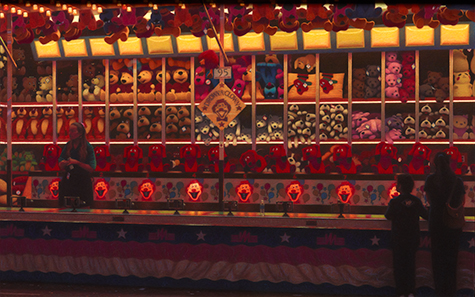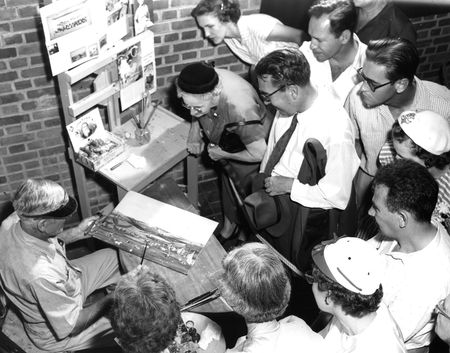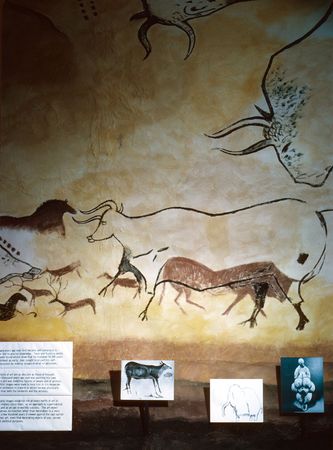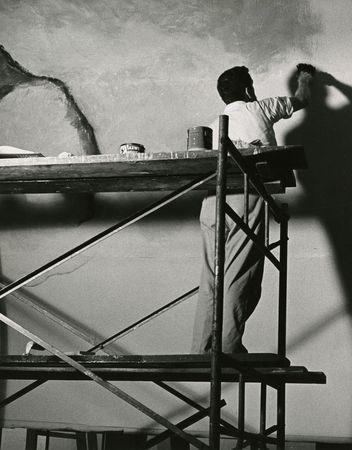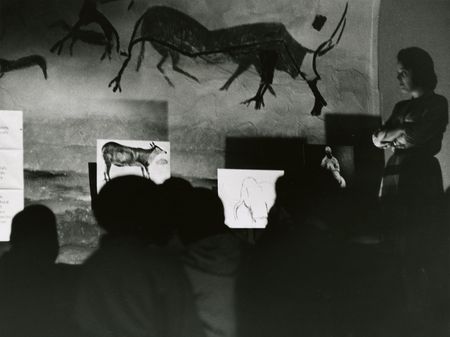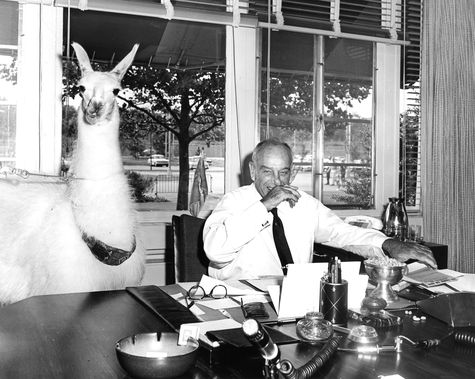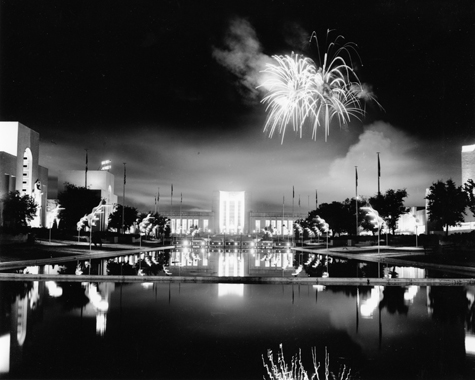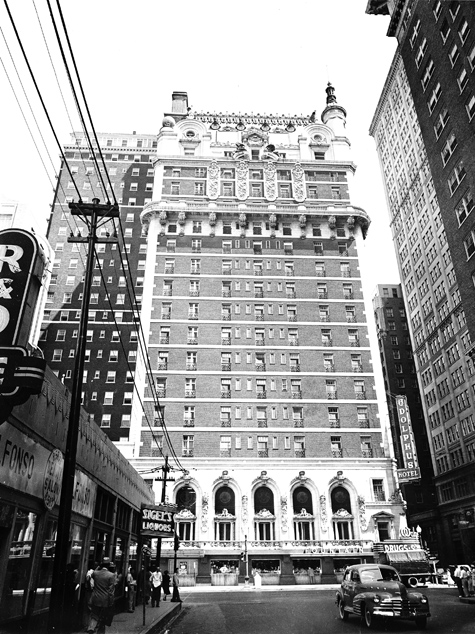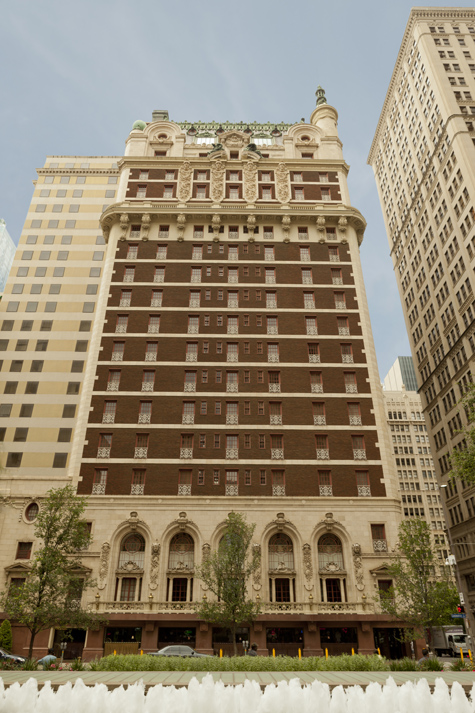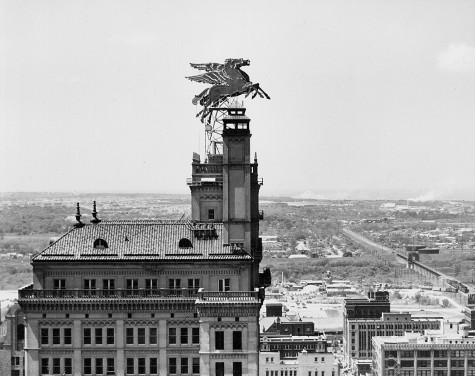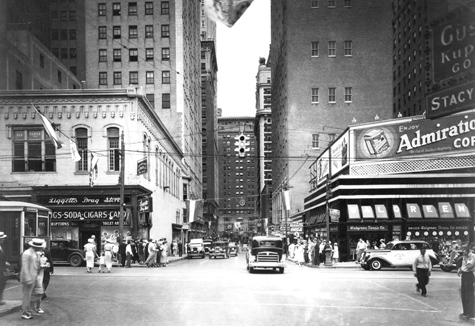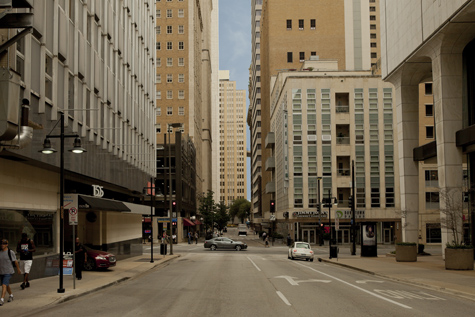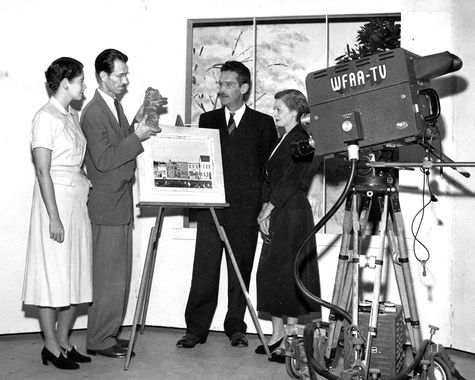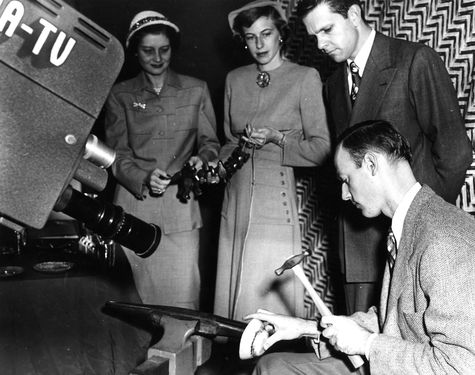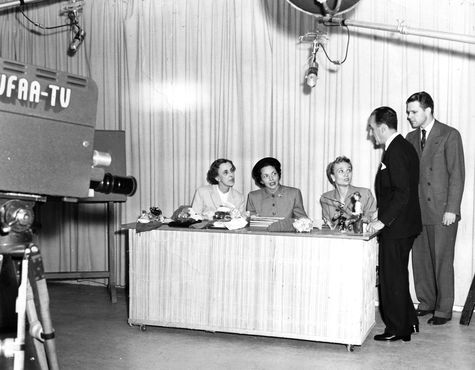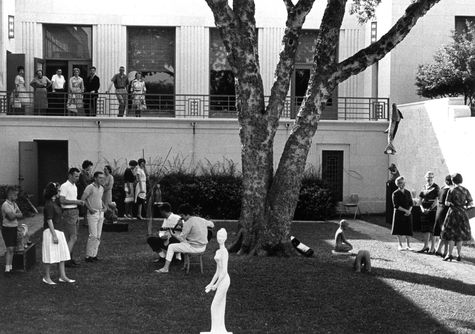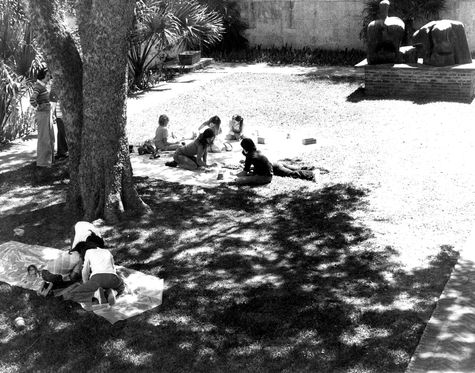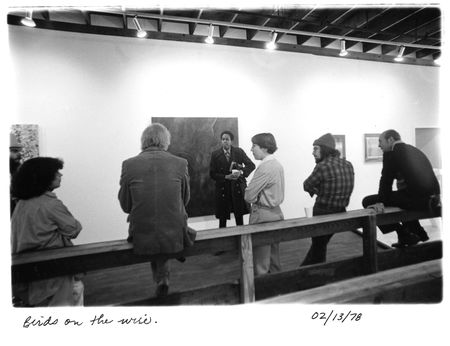
“Birds on the wire” Photograph from the opening of a 500X Gallery show, February 13, 1978. 500X Gallery Records, 1977-1996.
In 2013 the Dallas Museum of Art will celebrate a milestone in our institutional history: the 1963 merger of the Dallas Museum for Contemporary Art with the Dallas Museum of Fine Arts. The DMA is marking this occasion by launching an initiative to show how this moment was a starting point for community-wide interest in and support of contemporary art.
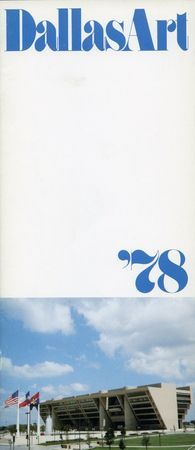
Brochure for the “Dallas Art ’78” exhibition at Dallas City Hall, Publications and Printed Materials.
By looking at the North Texas art scene over the past five decades, we hope to bring greater public awareness to the richly varied but widely undiscovered history of the area’s contemporary art avant-garde. People, places, and events are the subjects of this project, as we look outside the Museum to topics like the emergence of the gallery scene in the late 1960s with galleries like Valley House, C. Troup Gallery, Haydon Calhoun, Mary Nye, and more, and the establishment of an artists’ community as collectives take shape (the Oak Lawn Gang in the 1960s, the Oak Cliff Four and the “842s” in the 1970s, Toxic Shock in the 1980s, A.R.T.E. and the Good/Bad Art Collective in the 1990s, etc.) and artist-run spaces emerge, like A.U.M. Gallery, D.W. Coop, 500X Gallery, and Stout McCourt Gallery.
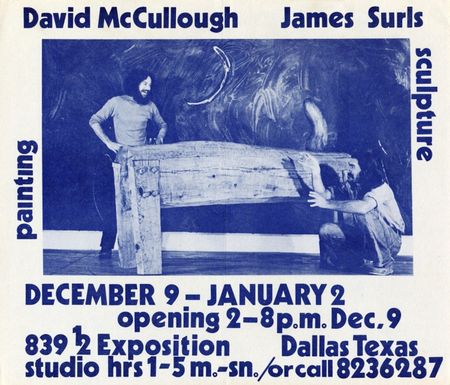
Gallery announcement for David McCullough’s studio exhibition of his work with James Surls in December, c. 1976. Paul Rogers Harris Collection of Dallas and Texas Gallery Announcements.
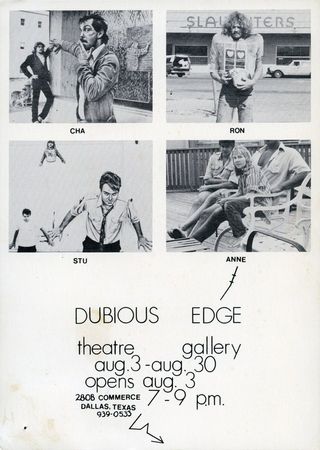
Gallery announcement for “Dubious Edge” exhibition at Theatre Gallery, c. 1987. Paul Rogers Harris Collection of Dallas and Texas Gallery Announcements.
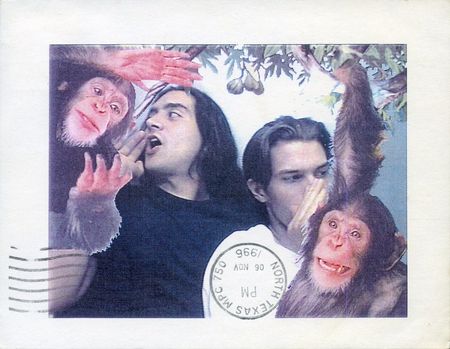
Gallery announcement for “el clumsio” group exhibition at Angstrom Gallery, November – December, 1996. Paul Rogers Harris Collection of Dallas and Texas Gallery Announcements.
Over the past year, we have developed the content that will form the basis of an exhibition scheduled to open at the Museum in May 2013. During this time, I have conducted oral history interviews with artists, arts administrators, collectors, and writers; waded through thousands of gallery announcements dating as far back as the late 1960s; burned my eyes from looking through miles of microfilmed collections; and done my best to get the word out that the DMA wants to know YOUR story.
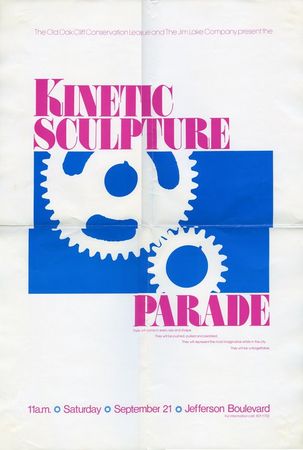
Poster for the Old Oak Cliff Kinetic Sculpture Parade sponsored by the Oak Cliff Preservation League, September 21, 1985. Paul Rogers Harris Collection of Dallas and Texas Gallery Announcements.
So let’s hear it – do you have anything you would like to share with us regarding your experience with contemporary arts in North Texas? Is there anything you are certain MUST be part of this project? This is my formal open call to Dallasites: as we develop the content for the exhibition, we are going to do our best to represent Dallas and its surroudning arts community over the past fifty years, but we do need your help. What is sitting in your closet? Do you have photographs from gallery openings or performances? Records from your gallery? Press releases announcing your show? Publications that help to document the “scene”?
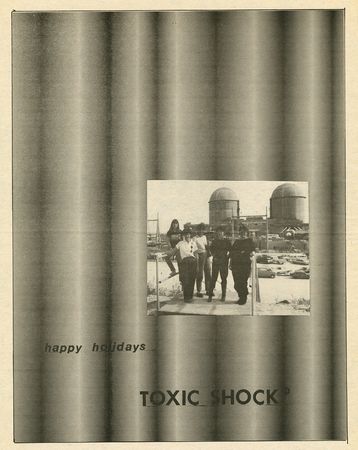
Toxic Shock page from Bwana Arts, vol. 3, 1982. Paul Rogers Harris Papers, 1959-2001.
The exhibition is only the first step as we present to you what we have found. In the coming years, we hope to add to the DMA Archives, making it the primary repository for the history of contemporary art in North Texas. So if you have something you’d like to share (be it tangible ephemera or abstract memories), please do not hesitate to contact me at larnold@DallasMuseumofArt.org. I look forward to hearing from you!
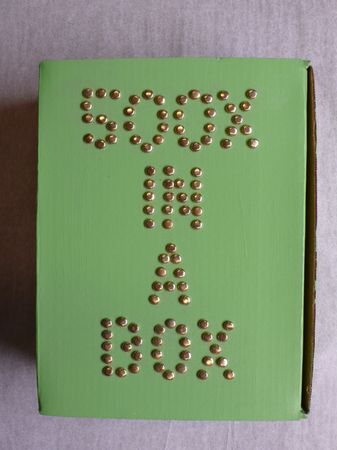
“500X in a Box,” box of a single work by every member of 500X in 1989. Charles Dee Mitchell Collection.
Leigh Arnold is the Dallasites Research Project Coordinator at the Dallas Museum of Art.












